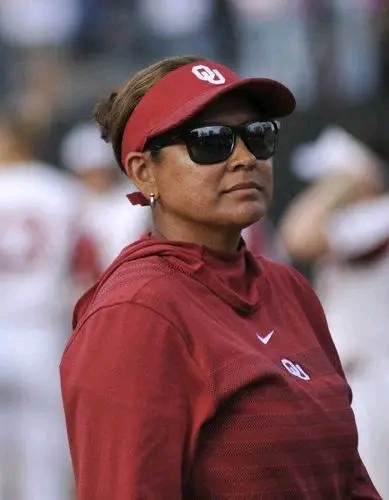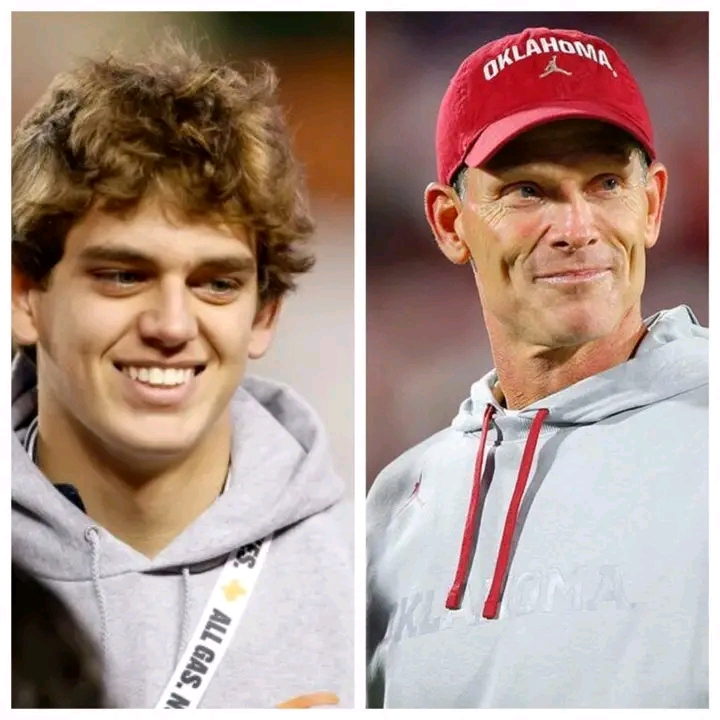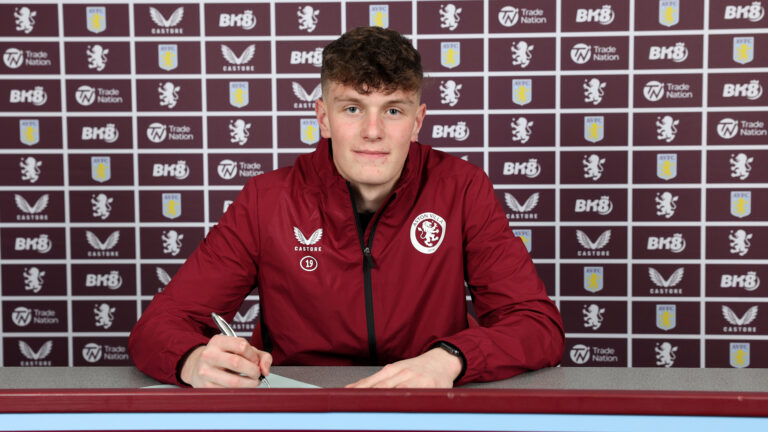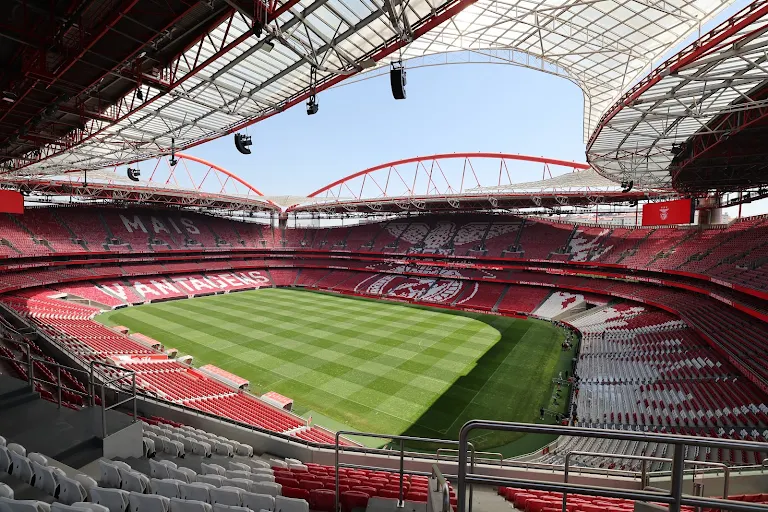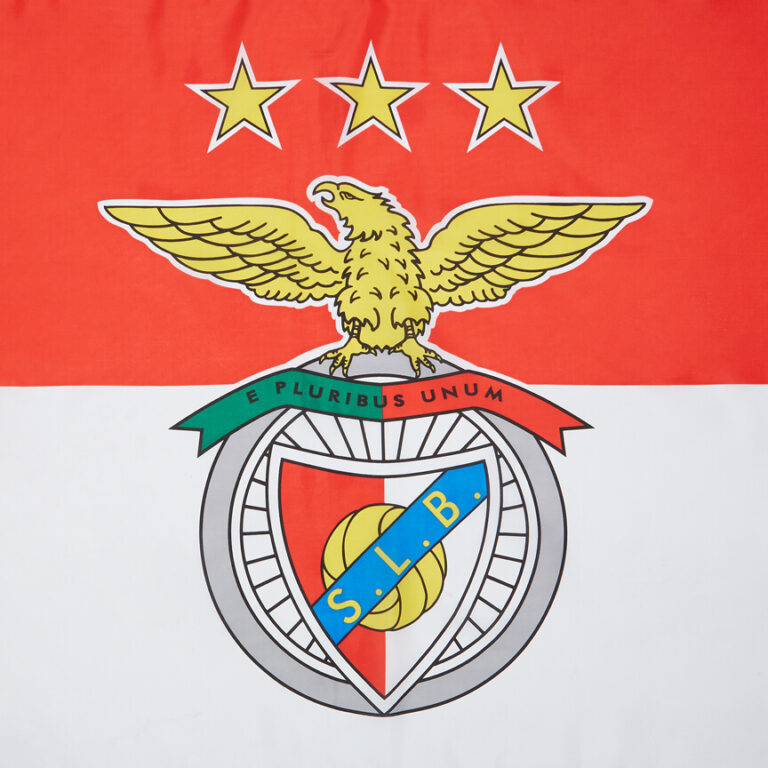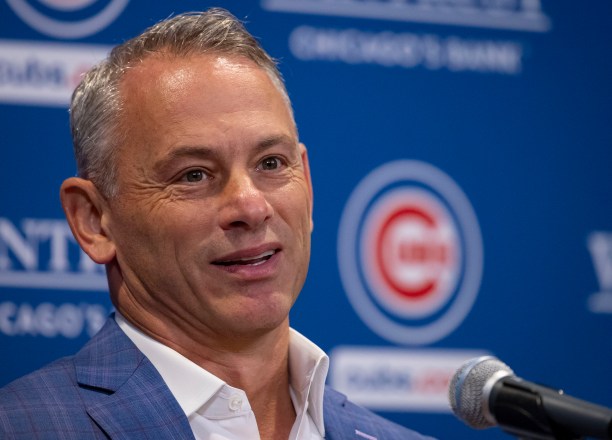
As the summer heat intensifies, so does the urgency within the front office at Wrigley Field. With the MLB trade deadline looming, the Chicago Cubs find themselves at a familiar crossroads—caught between staying the course with their current roster or making significant moves to reshape the team’s future. With playoff contention still mathematically within reach but inconsistencies plaguing their season, the next few weeks could be pivotal in defining the trajectory of the Cubs not only for this year, but beyond.
Sitting around the middle of the NL Central standings, the Cubs have shown flashes of potential but have struggled with consistency in key areas. Their rotation has been a mixed bag, with standout performances from left-hander Shota Imanaga and some solid outings from Justin Steele. However, injuries and command issues have hurt their depth. Offensively, the team has leaned heavily on the production of players like Seiya Suzuki and Christopher Morel, but they’ve lacked a consistent spark at the plate—something that’s become especially apparent in high-leverage situations.
Team President Jed Hoyer and GM Carter Hawkins are now weighing their options with precision. Should they act aggressively to add a power bat and bullpen help in hopes of pushing for a wild card spot? Or should they take a more long-term view, looking to retool by offloading some veteran assets in exchange for young, controllable talent?
One name that continues to surface in trade talks is Cody Bellinger. The former MVP has put together a solid campaign and could attract significant interest from contenders looking for a left-handed bat with playoff experience. While Bellinger brings a valuable presence to the Cubs both at the plate and in the clubhouse, his potential departure could yield high-end prospects to replenish Chicago’s farm system. A similar logic could apply to Kyle Hendricks, the veteran righty who remains a steady presence on the mound and is a proven postseason performer.
At the same time, the Cubs have prospects knocking on the door. Pete Crow-Armstrong has already made his debut and is expected to become a regular in the outfield soon, while infielders like Matt Shaw and James Triantos continue to develop in the minors. If the front office believes in their internal talent, they may opt to part ways with players on expiring contracts to make room for the next generation.
The Cubs’ bullpen is another area drawing attention. The team has struggled to hold leads late in games, prompting speculation that they could pursue late-inning relievers—names like Scott Barlow, David Bednar, or Tanner Scott have all been linked to Chicago in hypothetical trade packages. Adding a reliable closer or setup man could instantly change the complexion of their playoff hopes.
The fanbase, still emotionally tied to the 2016 World Series squad, remains divided. Some want the Cubs to go all-in now, arguing that the team is only a few key pieces away from making noise in October. Others urge patience, preferring that Hoyer continue building a sustainable winner through development and strategic roster moves.
What’s clear is that this trade deadline could serve as a defining moment for the current front office regime. Their recent track record has been mixed—while the Dansby Swanson signing showed long-term commitment to building a competitive team, other moves have yet to produce clear payoffs.
As scouts fan out across the league and phones ring in the war room beneath the ivy-covered walls of Wrigley Field, the decisions made in the next few weeks will echo for seasons to come. Whether the Cubs buy, sell, or straddle the line with a mixture of both, the trade deadline is set to test their vision, strategy, and courage.
The waiting game continues—for fans, for players, and for a franchise seeking its next great chapter.
